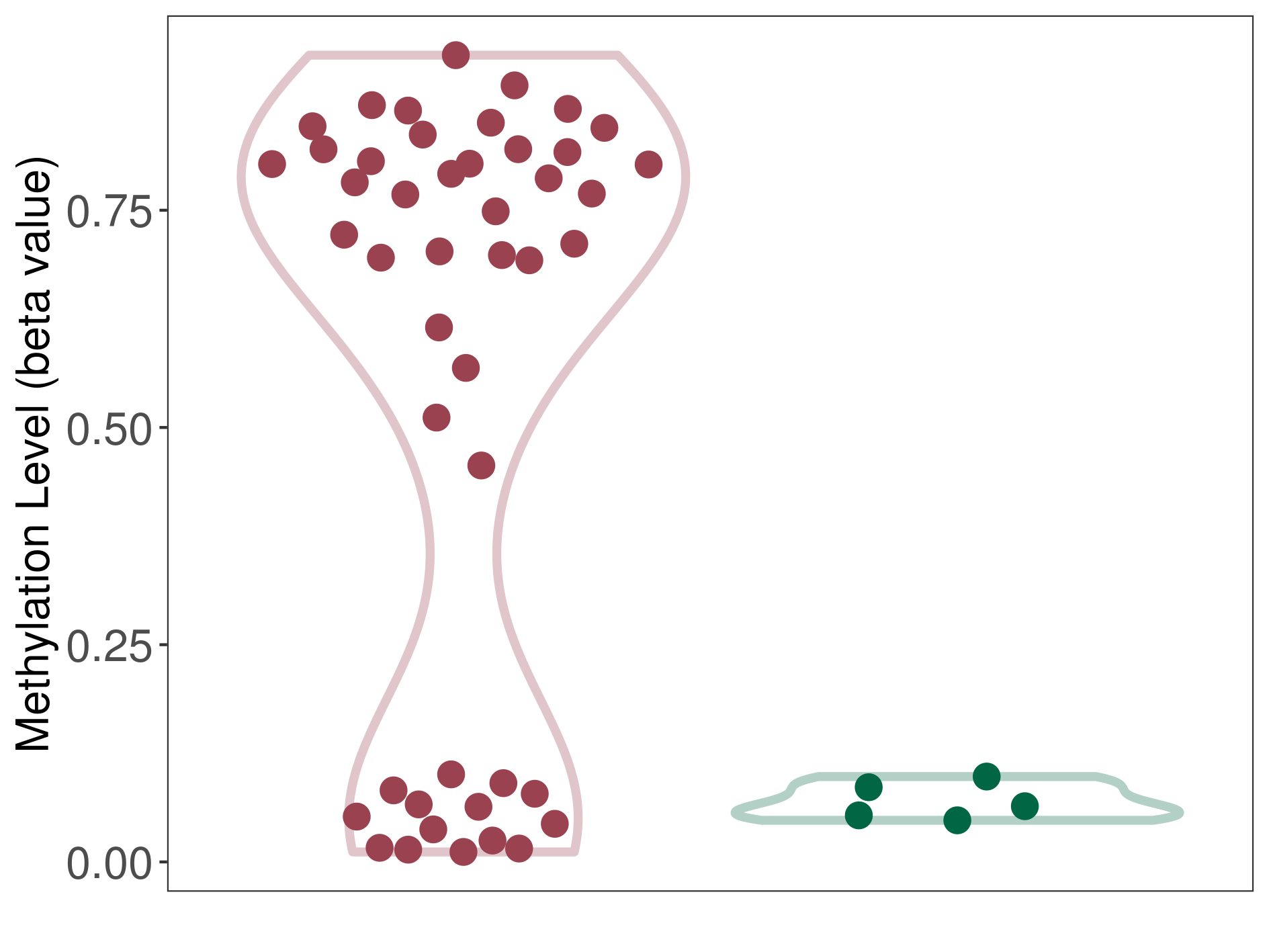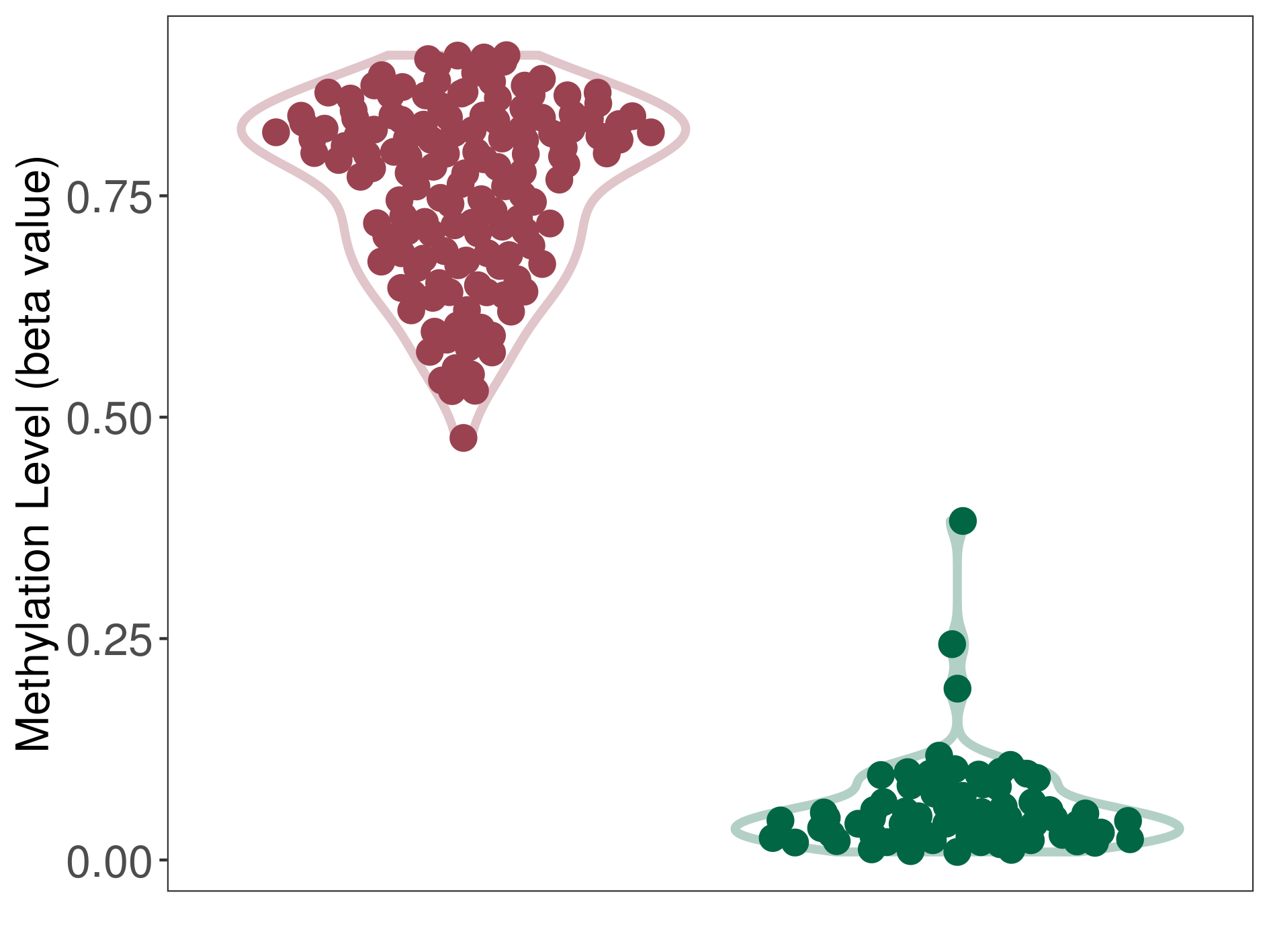Details of Host Protein-DME Interaction (HOSPPI)
| General Information of Drug-Metabolizing Enzyme (DME ID: DME0089) | |||||
|---|---|---|---|---|---|
| DME Name | Microsomal glutathione S-transferase 2 (MGST2), Homo sapiens | DME Info | |||
| UniProt ID | |||||
| EC Number | EC: 2.5.1.18 (Click to Show/Hide the Complete EC Tree) | ||||
| Lineage | Species: Homo sapiens (Click to Show/Hide the Complete Species Lineage) | ||||
| Interactome | |||||
| Disease Specific Interactions between Host Protein and DME (HOSPPI) | |||||
|---|---|---|---|---|---|
| ICD Disease Classification Healthy | |||||
| ICD-11: Healthy | Click to Show/Hide the Full List of HOSPPI: 2 HOSPPI | ||||
| Oligomerization | |||||
| GS-transferase A1 (GSTA1) | Health | Heterooligomer | |||
| Uniprot ID | |||||
| Interaction Name | GSTA1-MGST2 heterooligomerization | [1] | |||
| Studied Cell Lines | Monkey kidney cell line (CV-1) | ||||
| Affected Substrate(s): | 1-Chloro-2,4-dinitrobenzene | ||||
| Description | GS-transferase A1 (GSTA1) is reported to heterooligomerize with the MGST2 protein, which leads to a suppressed activity of the drug-metabolizing enzyme Microsomal glutathione S-transferase 2. As a result, the interaction between GSTA1 and MGST2 can inhibit the drug-metabolizing process of Microsomal glutathione S-transferase 2. | ||||
| Microsomal GST-II (MGST2) | Health | Homotrimer | |||
| Uniprot ID | |||||
| Interaction Name | MGST2-MGST2 homotrimerization | [2] | |||
| Studied Cell Lines | Yeast pichia pastoris cell line | ||||
| Affected Substrate(s): | Glutathione (Metabolic product: Activates glutathione to form a thiolate) | ||||
| Description | Microsomal glutathione S-transferase 2 (MGST2) is reported as a homotrimer, which is necessary for sustaining the enzyme activity of Microsomal glutathione S-transferase 2. As a result, MGST2 homotrimerization is necessary for sustaining the drug-metabolizing process of Microsomal glutathione S-transferase 2. | ||||
| ICD Disease Classification 02 Neoplasms | |||||
| ICD-11: 2A00 Brain cancer | Click to Show/Hide the Full List of HOSPPI: 4 HOSPPI | ||||
| Non-coding RNA regulation | |||||
| hsa-miR-106a-5p | Glioblastoma | Suppression | |||
| miRBase ID | |||||
| Interaction Name | hsa-miR-106a-5p--MGST2 regulation | [3] | |||
| Studied Cell Lines | U87/DDP cell line | ||||
| Description | hsa-miR-106a-5p is reported to suppress MGST2 mRNA translation by binding to the 3' untranslated region (3'UTR) of MGST2 mRNA, which leads to a decreased expression of the drug-metabolizing enzyme Microsomal glutathione S-transferase 2. | ||||
| DNA methylation | |||||
| DNA methyltransferase (DNMT) | Oligodendroglial tumour | Significant hypermethylation | |||
| Interaction Name | DNMT-MGST2 interaction | ||||
| The Methylation Level of Disease Section Compare with the Healthy Individual Tissue | Significant hypermethylation p-value: 3.62E-12; delta-beta: 6.53E-01 | ||||
| Description | DNA methyltransferase (DNMT) is reported to significantly hyper-methylate the MGST2 gene, which leads to a significantly decreased expression of the drug-metabolizing enzyme Microsomal glutathione S-transferase 2. As a result, the interaction between DNMT and MGST2 can significantly affect the drug-metabolizing process of Microsomal glutathione S-transferase 2. | ||||
|
DME methylation in the diseased tissue of patients
DME methylation in the normal tissue of healthy individuals
|
|||||
| Violin Diagram of DME Disease-specific Methylation Level |

|
Click to View the Clearer Original Diagram | |||
| DNA methyltransferase (DNMT) | Oligodendroglioma | Significant hypermethylation | |||
| Interaction Name | DNMT-MGST2 interaction | ||||
| The Methylation Level of Disease Section Compare with the Healthy Individual Tissue | Significant hypermethylation p-value: 1.49E-135; delta-beta: 7.43E-01 | ||||
| Description | DNA methyltransferase (DNMT) is reported to significantly hyper-methylate the MGST2 gene, which leads to a significantly decreased expression of the drug-metabolizing enzyme Microsomal glutathione S-transferase 2. As a result, the interaction between DNMT and MGST2 can significantly affect the drug-metabolizing process of Microsomal glutathione S-transferase 2. | ||||
|
DME methylation in the diseased tissue of patients
DME methylation in the normal tissue of healthy individuals
|
|||||
| Violin Diagram of DME Disease-specific Methylation Level |

|
Click to View the Clearer Original Diagram | |||
| DNA methyltransferase (DNMT) | Atypical teratoid/rhabdoid tumour | Significant hypermethylation | |||
| Interaction Name | DNMT-MGST2 interaction | ||||
| The Methylation Level of Disease Section Compare with the Healthy Individual Tissue | Significant hypermethylation p-value: 2.72E-48; delta-beta: 6.43E-01 | ||||
| Description | DNA methyltransferase (DNMT) is reported to significantly hyper-methylate the MGST2 gene, which leads to a significantly decreased expression of the drug-metabolizing enzyme Microsomal glutathione S-transferase 2. As a result, the interaction between DNMT and MGST2 can significantly affect the drug-metabolizing process of Microsomal glutathione S-transferase 2. | ||||
|
DME methylation in the diseased tissue of patients
DME methylation in the normal tissue of healthy individuals
|
|||||
| Violin Diagram of DME Disease-specific Methylation Level |

|
Click to View the Clearer Original Diagram | |||
If you find any error in data or bug in web service, please kindly report it to Dr. Yin and Dr. Li.

